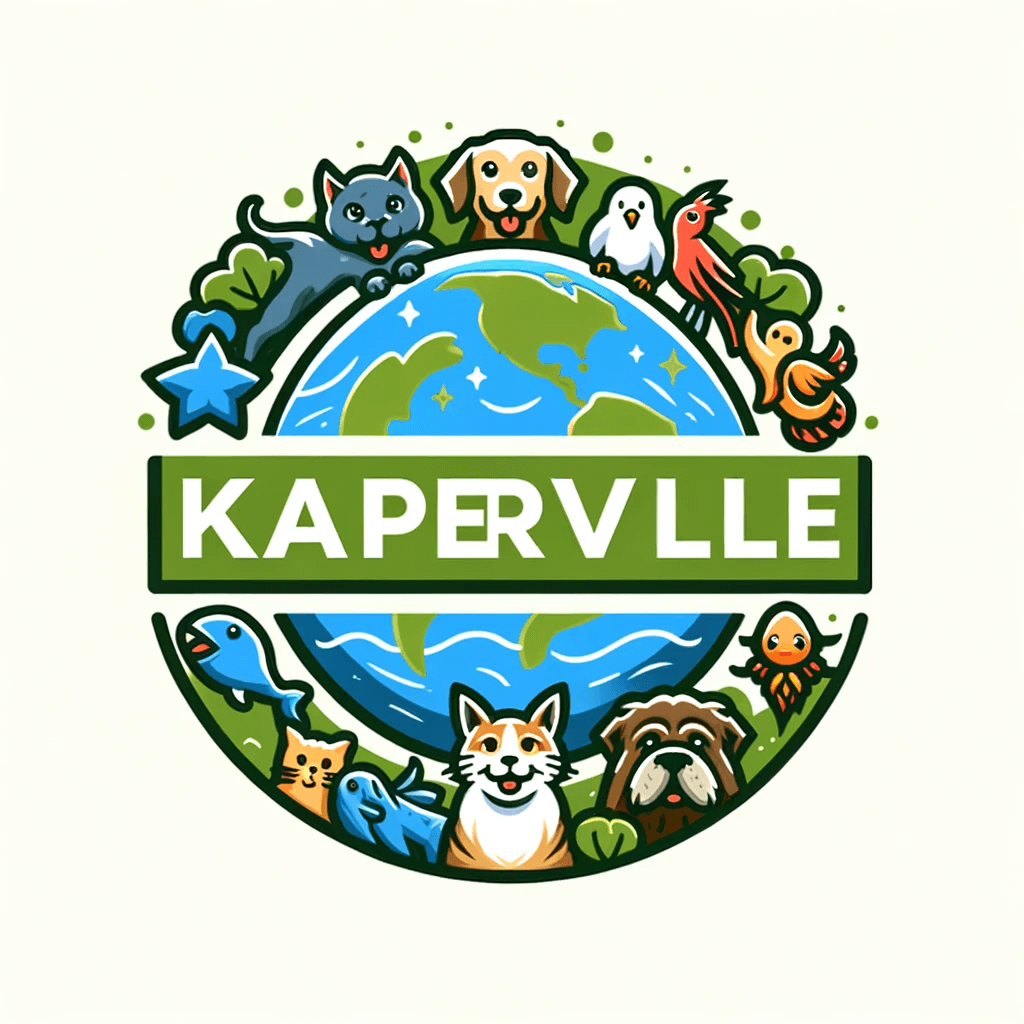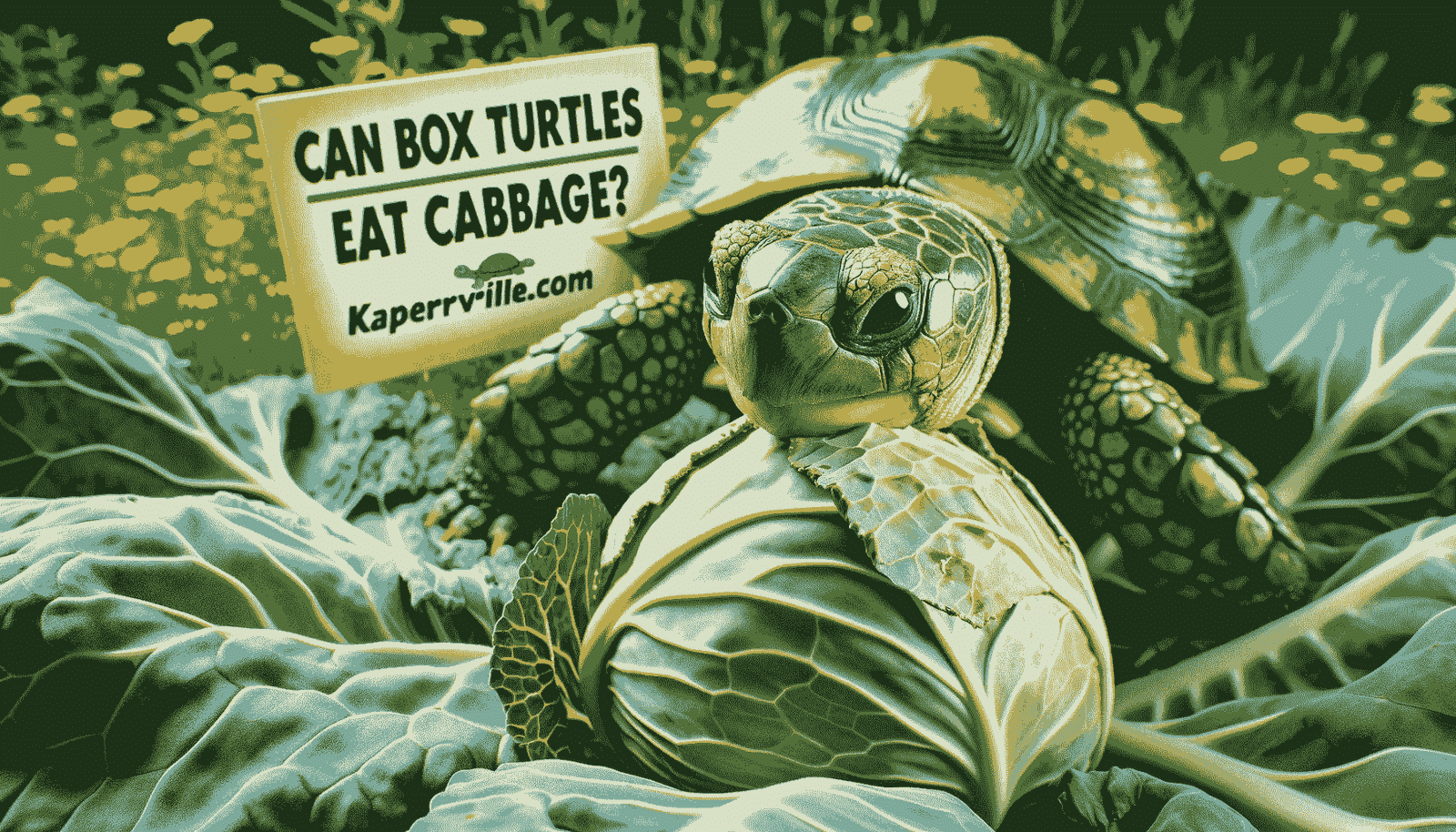Cabbage, a common vegetable in human cuisine, raises questions about its suitability for box turtles. Rich in nutrients, cabbage is often lauded for its health benefits, but does it offer the same advantages to our shelled companions? This article explores “Can box turtles eat cabbage?”, delving into its nutritional profile and how it fits into a box turtle’s diet. While cabbage is loaded with vitamins and fiber, it’s crucial to consider factors like oxalates and goitrogens that might impact turtle health. We’ll examine the potential benefits and drawbacks of feeding cabbage to box turtles, providing a comprehensive guide to help you make informed decisions for the dietary wellbeing of your pet.
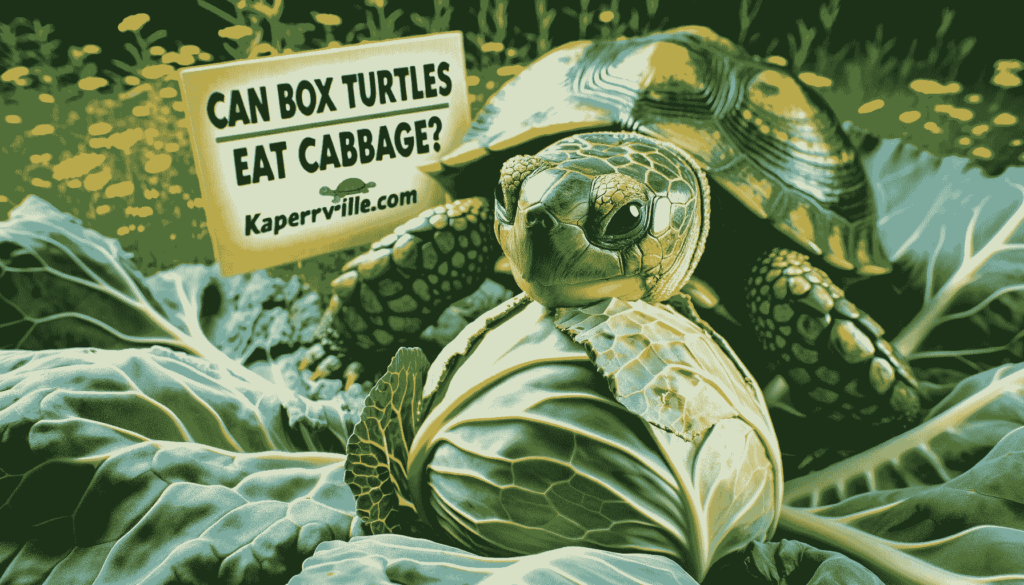
Can Box Turtles Eat Cabbage?
Cabbage can be a nutritious addition to a box turtle’s diet, offering various health benefits. Rich in vitamins K and C, fiber, and antioxidants, cabbage supports overall well-being. However, moderation is key due to certain compounds it contains.
Nutritional Benefits:
- Vitamin K: Essential for blood clotting and bone health.
- Vitamin C: Boosts the immune system and aids in skin health.
- Dietary Fiber: Promotes healthy digestion.
Cautions:
- Oxalates: Cabbage contains oxalates, which can bind to calcium and reduce its absorption, potentially leading to deficiencies.
- Goitrogens: These compounds can interfere with thyroid function if cabbage is consumed in large quantities.
Given these considerations, cabbage should be included as part of a varied diet. It’s best to serve cabbage alongside other vegetables and protein sources to ensure a balanced nutritional intake.
Best Practices:
- Offer cabbage in moderation, balancing it with other foods.
- Rotate cabbage with different vegetables to prevent nutritional imbalances.
By incorporating cabbage thoughtfully into their diet, box turtles can enjoy its benefits without the risks associated with overconsumption.
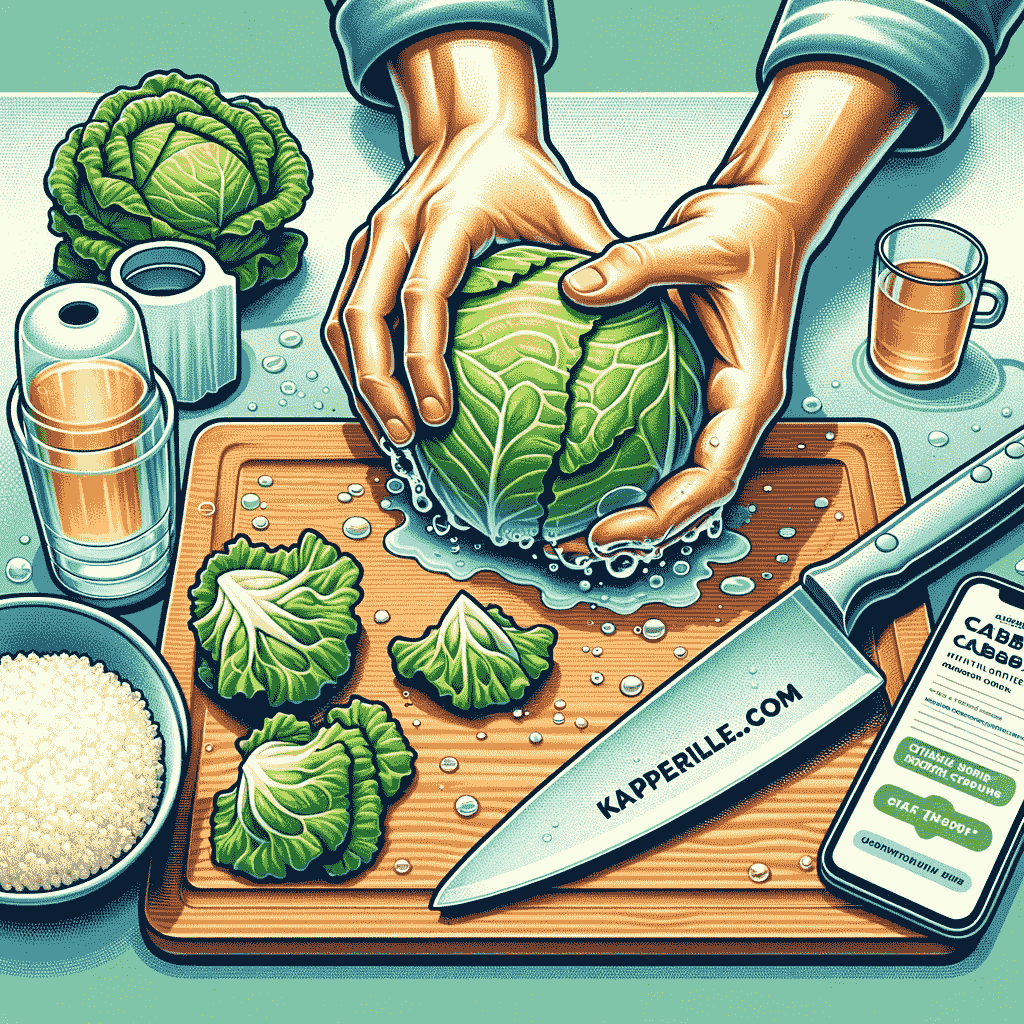
How to Feed Cabbage to Turtles?
Feeding cabbage to box turtles involves simple yet careful preparation to ensure it’s both safe and beneficial. The right preparation method can maximize the nutritional uptake while minimizing potential risks.
Preparation Steps:
- Washing: Thoroughly wash the cabbage to remove any pesticides or chemicals that could harm the turtle.
- Chopping: Cut the cabbage into small, bite-sized pieces suitable for the size of your turtle, making it easier for them to consume.
Feeding Guidelines:
- Frequency: Incorporate cabbage into the turtle’s diet once or twice a week. Avoid daily feeding to prevent overconsumption of oxalates and goitrogens.
- Quantity: Serve small portions of cabbage as part of a balanced diet. A couple of leaves per feeding session is typically enough.
- Variety: Combine cabbage with a mix of other vegetables and fruits, along with a proper protein source. This ensures that your turtle receives a wide range of nutrients.
Additional Tips:
- Freshness: Always use fresh cabbage, as it retains more nutrients compared to canned or processed alternatives.
- Observation: Monitor your turtle’s response to cabbage. Some turtles might prefer certain types of cabbage over others, and individual digestive responses can vary.
By following these guidelines, you can safely include cabbage in your box turtle’s diet, providing them with its nutritional benefits without the risks associated with overconsumption.
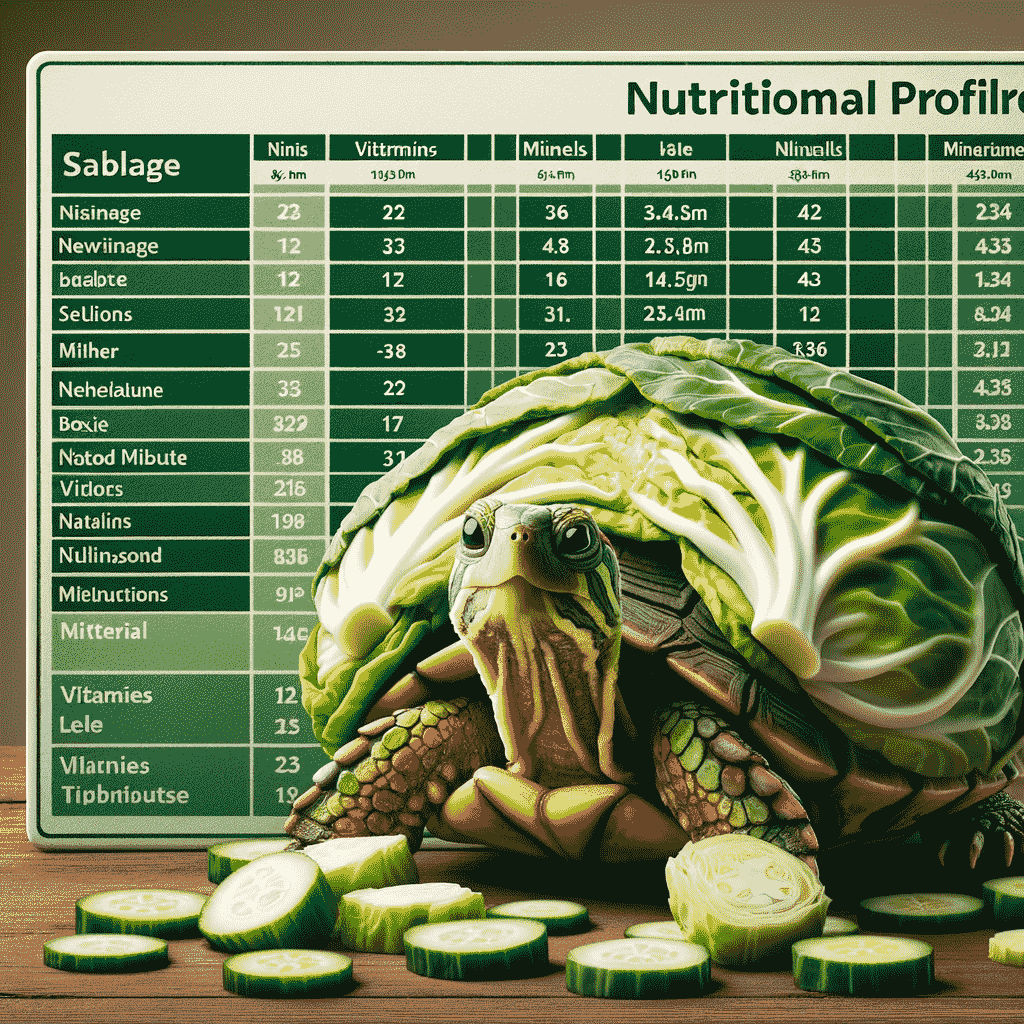
Cabbage Nutrition Facts
Cabbage is a nutrient-rich vegetable that offers several health benefits to box turtles. Its composition includes vital vitamins and minerals, along with dietary fiber, making it a worthwhile addition to their diet.
Key Nutrients in Cabbage:
- Vitamin K: Essential for proper blood clotting and bone health.
- Vitamin C: Supports immune function and skin health.
- Fiber: Aids in digestive health, promoting regular bowel movements.
Nutritional Breakdown:
- Water content is high, making it hydrating.
- Low in calories, reducing the risk of obesity.
- Contains small amounts of calcium and iron.
However, cabbage also has oxalates and goitrogens, which require consideration when feeding. Oxalates can bind to calcium, impacting its absorption, and goitrogens may affect thyroid function if consumed in large quantities.
Feeding Recommendations:
- Serve cabbage as part of a varied diet.
- Balance its consumption with other calcium-rich foods to counteract oxalate effects.
Understanding these nutritional facts helps in incorporating cabbage into your box turtle’s diet in a way that maximizes its benefits while minimizing potential risks.
Do Box Turtles Like Cabbage?
Box turtles exhibit individual preferences when it comes to their diet, and this includes their reaction to cabbage. While some turtles may enjoy the crunchy texture and taste of cabbage, others might be less enthusiastic.
Observing Preferences:
- When introducing cabbage, start with small amounts to gauge your turtle’s interest.
- Observe how eagerly they eat it and any changes in their behavior or health.
Palatability:
- Cabbage’s mild flavor can be appealing to some turtles.
- Its texture provides a different eating experience compared to softer vegetables and fruits.
Adaptability:
- Turtles accustomed to a varied diet might be more willing to try new foods like cabbage.
- Gradually introducing new foods can help turtles become more adaptable in their dietary choices.
If your box turtle shows a fondness for cabbage, it can become a regular part of their diet, considering the feeding guidelines. However, if they don’t seem interested, there are plenty of other vegetables that can provide similar nutritional benefits.
Health Risks For Box Turtles Eating Cabbage
Cabbage is generally safe for box turtles when fed appropriately, but there are potential health risks associated with overconsumption or improper feeding.
Risks Associated with Cabbage:
- Oxalates: High levels can bind to calcium, leading to potential deficiencies in turtles.
- Goitrogens: Overconsumption can affect thyroid function and overall health.
Preventive Measures:
- Moderation is key. Avoid making cabbage the primary component of the turtle’s diet.
- Balance the diet with calcium-rich foods and a variety of vegetables and fruits.
Monitoring Health:
- Regularly observe your turtle for any signs of health issues, such as lethargy, digestive problems, or changes in shell condition.
- If any adverse reactions occur, consult with a veterinarian to adjust the diet accordingly.
By understanding these risks and taking the necessary precautions, cabbage can be a safe and beneficial addition to your box turtle’s diet.
How Much Cabbage Should Box Turtles Eat?
Determining the right amount of cabbage for box turtles is essential for their health and wellbeing. The key is to provide a balanced diet that doesn’t rely too heavily on any single food source.
Feeding Guidelines:
- A small portion of cabbage once or twice a week is sufficient.
- Ensure that cabbage is only a part of the turtle’s varied diet, which should include a mix of other vegetables, fruits, and appropriate protein sources.
Size and Age Considerations:
- The portion size can vary depending on the size and age of the turtle.
- Younger and smaller turtles may require less cabbage compared to larger, adult turtles.
Incorporating cabbage into the diet with these guidelines ensures that your box turtle benefits from its nutrients without the risk of overconsumption.
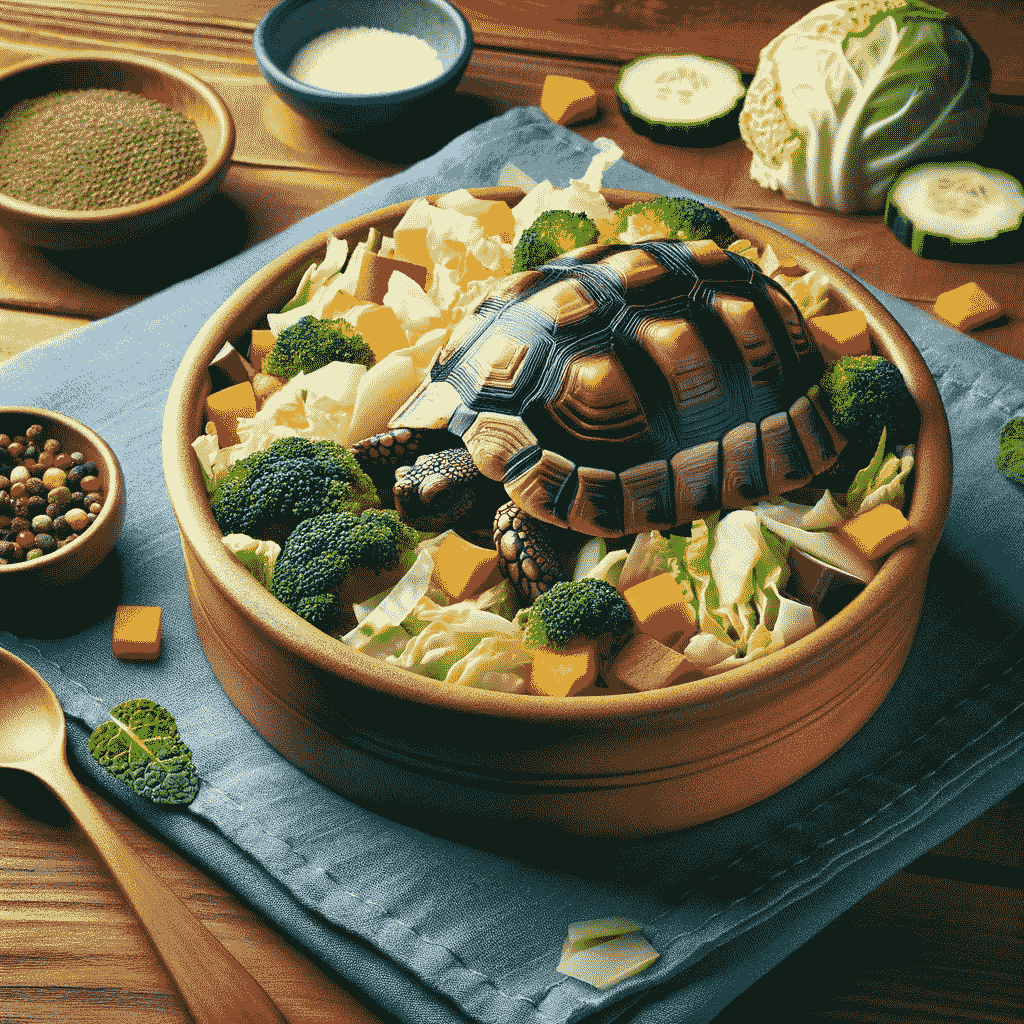
How Do You Prepare a Cabbage Recipe For Turtles?
Creating a cabbage-based recipe for box turtles can add variety and nutrition to their diet. Here’s a simple way to prepare a healthy and appealing meal:
Recipe Steps:
- Chop Cabbage: Cut the cabbage into small, bite-sized pieces suitable for your turtle.
- Mix with Other Ingredients: Combine the chopped cabbage with other vegetables like carrots or squash. Adding a variety of vegetables ensures a range of nutrients.
- Add Protein: Include a source of protein, such as cooked chicken or tofu, essential for a balanced diet.
- Calcium Supplement: Sprinkle a calcium supplement over the mix to enhance its nutritional value.
Serving Tips:
- Serve this meal a couple of times a week alongside the turtle’s regular diet.
- Adjust the quantities based on your turtle’s size and dietary needs.
This cabbage-based recipe offers both taste and health benefits, making it an excellent addition to your box turtle’s diet.
Can Baby and Senior Box Turtles Eat Cabbage?
Cabbage can be included in the diets of both baby and senior box turtles, but with different considerations for each.
For Baby Turtles:
- Their diet should be higher in protein for growth and development. Cabbage can be a part of their diet but in smaller quantities.
- Ensure that the cabbage is finely chopped to make it easier for them to eat.
For Senior Turtles:
- They may have more specific nutritional needs and potentially less efficient digestion.
- Cabbage should be offered in a soft, easily digestible form, either finely chopped or lightly steamed.
General Advice:
- Monitor their reaction to cabbage and adjust the diet as needed.
- Consult with a veterinarian for personalized dietary advice, especially for turtles with specific health issues.
Cabbage, when fed correctly, can be a nutritious part of the diet for turtles at different life stages.
Professional Advice
When introducing cabbage or any new food item to a box turtle’s diet, professional advice from a veterinarian or reptile nutritionist is invaluable. They can provide tailored dietary recommendations based on the specific needs and health conditions of your turtle. It’s essential to rely on credible sources for information, such as the Association of Reptilian and Amphibian Veterinarians (ARAV), to ensure that you’re providing the best care and nutrition for your box turtle.
Conclusion
In summary, cabbage can be a healthy addition to a box turtle’s diet when fed in moderation and as part of a diverse dietary plan. Its nutritional benefits, such as high vitamin content and fiber, can contribute to the turtle’s overall health. However, it’s important to be aware of the potential risks and to balance cabbage with other food sources. Always tailor the diet to the specific needs of your turtle, introducing new foods gradually and monitoring their health. For the best dietary guidance and to address any concerns, consult with a reptile nutrition expert or veterinarian.
Is cabbage a suitable daily food for box turtles?
No, cabbage should not be a daily food item due to its oxalate and goitrogen content. It’s best served as part of a varied diet.
Can box turtles eat different types of cabbage?
Yes, box turtles can eat different types of cabbage, including green, red, and savoy. Each type offers slightly different nutritional benefits.
Should cabbage be cooked or served raw to box turtles?
Cabbage can be served both raw and lightly steamed, though raw cabbage retains more nutrients.
How can I tell if my turtle is not tolerating cabbage well?
Signs of intolerance may include lack of appetite, digestive discomfort, or changes in stool. If you notice these signs, reduce or eliminate cabbage from the diet.
Are there any vegetables I should avoid feeding with cabbage?
Avoid feeding cabbage with other high-oxalate vegetables like spinach to prevent nutritional imbalances.
Can overfeeding cabbage cause health problems in box turtles?
Yes, overfeeding cabbage can lead to nutritional imbalances, particularly affecting calcium absorption and thyroid function.
What are some alternative vegetables to cabbage for box turtles?
Other good vegetable options include carrots, squash, bell peppers, and leafy greens like kale and dandelion greens.
